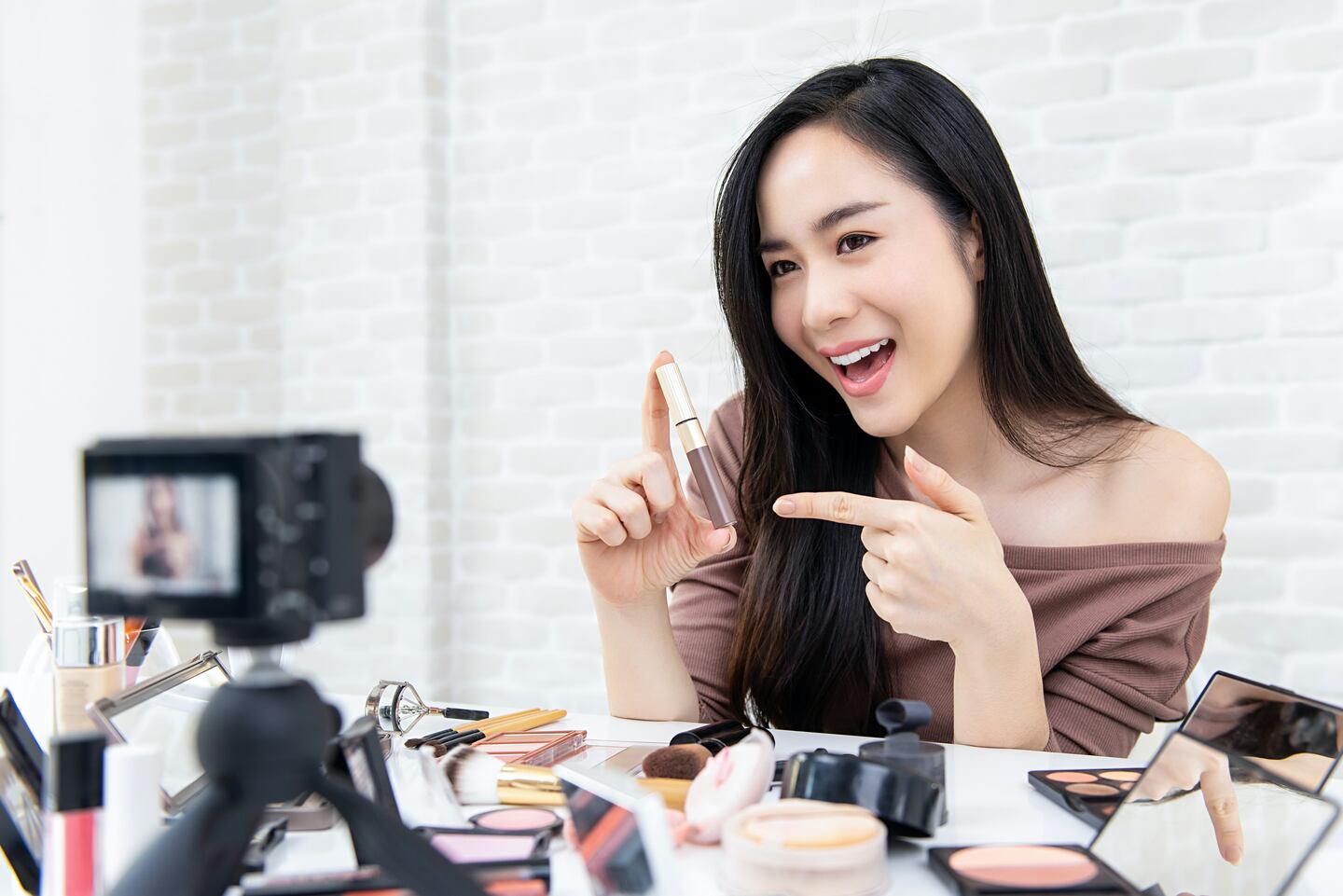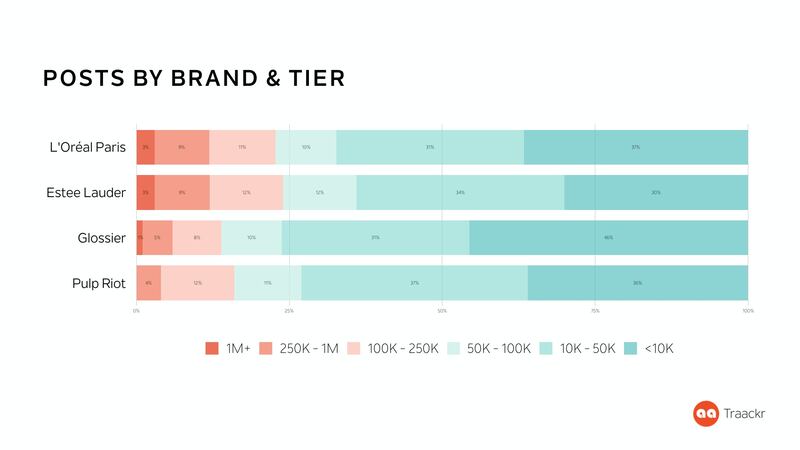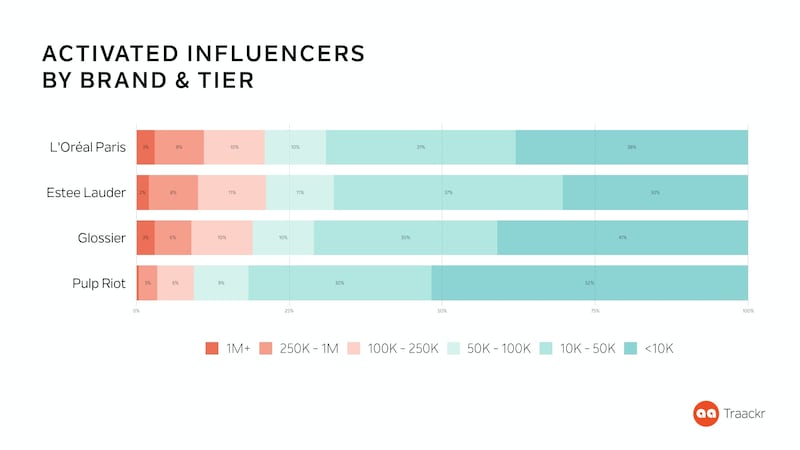
The Business of Fashion
Agenda-setting intelligence, analysis and advice for the global fashion community.

Agenda-setting intelligence, analysis and advice for the global fashion community.

NEW YORK, United States — In a recent survey, 64 percent of marketers said they would prefer to work with micro-influencers (those with 5,000-100,000 followers), versus 16 percent preferring to work with celebrities. While there is no sole definition of a micro-influencer, there is a general consensus in the marketing press that micros are the new holy grail of influencer strategies: easier to collaborate with and more likely to drive action among their engaged audiences.
But should brand marketers throw all their budget into micro-influencers? As you look to scale and segment your influencer programmes, it’s important to ground yourself in data and align your efforts to the activities best suited to each type of influencer. The most successful programs we’ve seen among brands align influencer marketing with marketing and business objectives and work backwards to establish an effective mix of influencers.
No one type of influencer (celebrity, mid-tier, micro or nano) is likely to carry your marketing efforts on social media. It takes an army of micro-influencers to generate impact, and even then, it remains marginal in the total influence ecosystem of most brands. Marketers should take a holistic approach, as each tier of influencer has its own benefits.
We looked at the beauty industry as a microcosm to understand the impact of micro-influencers on reach and engagement for brands. Based on an analysis of the US influencer landscape using Traackr data covering the first six months of 2018, we discovered their impact on four very different beauty brands:
ADVERTISEMENT
Micro-influencers power mentions across categories
First, we looked at activity level to see how many influencers have mentioned each brand based on their audience size. Two striking facts emerge:

Source: Traackr
Micro-influencers typically fail to establish significant reach, even as a group
To understand the visibility each influencer tier provides, we looked at the potential reach each group delivers. Potential reach is calculated based on the number of followers of each influencer.

Source: Traackr
Micro-influencers outperform in engagement rates, but don’t compare to their macro counterparts in overall engagement
At the end of the day, macro-influencers command engagement.
ADVERTISEMENT

Source: Traakr
So what does this mean for your influencer program?
It’s not that micro-influencers are not valuable. Quite the contrary, they are great partners for reaching niche communities and driving attendance at local events. Perhaps the greatest strength of micro-influencers is their ability to create fresh and authentic content that can be used by brands to amplify through their own channels (otherwise few people will see them!)
For the four brands featured, micro-influencers accounted for 67 - 82 percent of all influencers mentioning the brands.

Source: Traackr
When designing micro-influencer programs, efficiency is the name of the game. Here is where technology can support your efforts to build authentic, data-driven relationships at the scale you need to make an impact.
But numbers talk, and impact on audience of micro-influencers remain low. These findings should have major consequences on engagement strategies and the respective investment that brands direct towards each influencer tier. Engaging with micro-influencers requires developing low-cost engagement tactics that should be very different from the high-touch personalised approaches that mid-tier and macro-influencers require.
Behind the hype, the reality of influence remains striking. Some people have a disproportionate impact compared to others and it’s critical that brands establish a very data-driven approach to their influencer strategies to ensure they optimise ROI.
ADVERTISEMENT
Nicolas Chabot is the chief client officer at Traackr, an influencer marketing management platform. L'Oréal is a Traackr client.
The views expressed in Op-Ed pieces are those of the author and do not necessarily reflect the views of The Business of Fashion.
Related Articles:
[ Has Fashion Week's Influencer Bubble Finally Burst?Opens in new window ]
[ Movie Stars Want to Cash In on Their Influence TooOpens in new window ]
[ The Case for Seeking Out More Diverse InfluencersOpens in new window ]
The designer — whose bright, arty clothes earned him a place in the 2021 LVMH Prize Finals, and a guest designer post for Louis Vuitton — curated a set at the Netflix Is a Joke Festival this weekend, the latest example of his creative approach to building brand awareness.
Practitioners of this historically behind-the-scenes profession are building powerful followings, riding a wave of interest in how the fashion sausage is made. But even the highest-profile PRs caution that the client still has to comes first.
Join us for a BoF Professional Masterclass that explores the topic in our latest Case Study, “How to Create Cultural Moments on Any Budget.”
When done effectively, a cultural partnership can rightfully earn its own place in the zeitgeist. But it’s not so easy as just hiring a celebrity to star in an ad campaign; brands must choose a partner that makes sense, find the format that fits best and amplify that message to consumers.